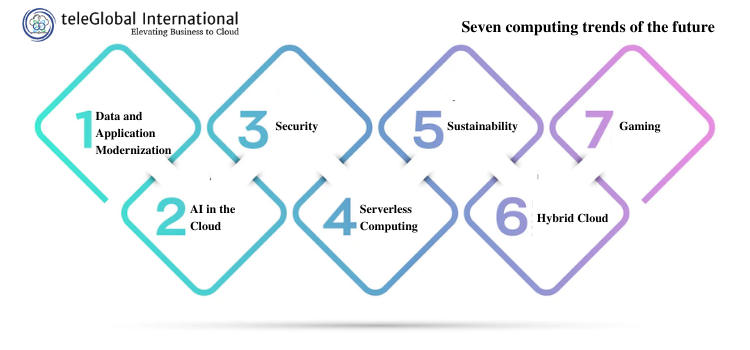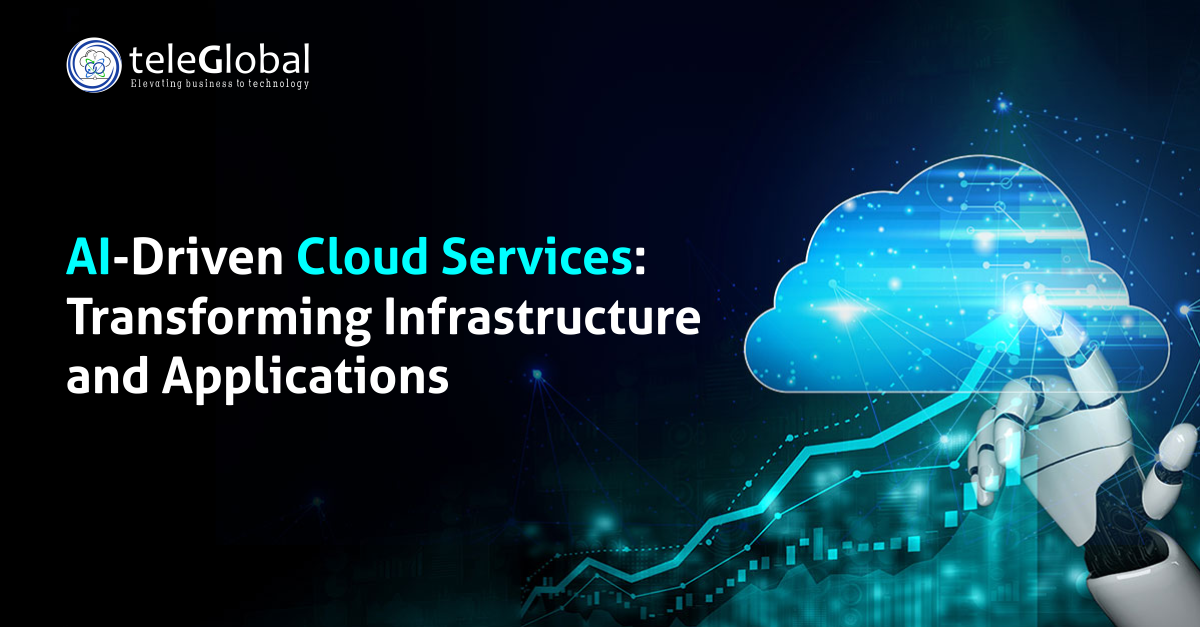
Since the past decade or so, digital technology has wrought a profound change to every aspect of business, from operations to forecasting. As a result the growth has shifted from linear to exponential rates. Two factors have further accelerated the change: cloud computing and Covid 19.
Driven by the need to stay connected to both their people and customers, organizations accelerated their Cloud adoption into overdrive. This has been all the more fast tracked with the growing threat of cyber mischief, and the need for business resilience. As a result, next-gen technologies have mushroomed making work/study/shop-from-anywhere the norm rather than the exception. This is expected to be further amplified in the days to come.
A recent Gartner study forecasts revenues of US$489 Billion by the end of 2022, as more and more organizations move and mature on the cloud. This demand is spurring the creation of ever-more disruptive (and productive) technology solutions. But all cloud solutions are not created equal, Teleglobal’s cloud architects believe the following few will be—if they aren’t already—leaders of the pack.
1. Data and Application Modernization
Legacy systems of storing, sorting and using data were siloed, unwieldy and did not lend themselves to incisive analytics. Data modernization resolves those issues by moving silo-ed data from legacy databases to cloud databases or data lakes. This is of surpassing importance for organizations that need to scale and automate. Data & Application modernization offers many benefits, including Replacing monolithic architectures with microservices based multi tenanted architecture Enables API-first approach Allows auto scaling through containerization.
After any time in the cloud, organizations instinctively understand that simply replacing applications can be unfeasible. Modernization is a practical answer, allowing them to build integration layers that allow speedier and easier access to distributed applications.
2. AI in the Cloud
AI provides important and strategic inputs that improve decision-making. The cloud, with its inherent flexibility, agility and scalability, dramatically increases AI capabilities.
AI is clearly the technology of the future, but it demands a high amount of processing power to run AI algorithms, which can put it beyond the reach of many organizations. The cloud, however, is helping democratize it through a Software-as-a-Service type approach. By reducing adoption costs and enabling innovation, the combination of AI and the cloud is becoming a force amplifier.
3. Security
The importance of security has only grown. And with the rise of cyber threats, it will continue to grow as mindsets become more open to automating operations, ranging from orchestration to response. Cloud technologies provide a range of systems and security tools that businesses in a conventional environment might never have been able to afford. Cloud service providers (CSP) can offer this thanks to the twin forces of economies of scale and competition.
Now, with technologies like SIEM systems and logic applications it is possible to automate responses that in turn enable continuous assessment, so organizations can focus on proactive threat identification instead of reactive damage control.
4. Serverless Computing
From a next-generation technology to a must-have service, serverless computing has come a long way. One factor that has made it ubiquitous is the cloud. This is because it allows a ‘pay-
as-you-go’ service that enables organizations to pay only for services they consume based on their requirements without worrying about upfront investments. Serverless computing also helps organizations avoid back-end failures, and provides safe sandboxes to test code. It is only natural that in the days to come serverless computing in the cloud will play an influential role in creating high-end digital experiences.
5. Sustainability
Sustainability is one of the pillars of AWS well architected framework. The need to adopt environmentally-positive practices is not just on the ground, but in the cloud too. From learning to measuring, and improving workloads, such practices are not just good for the environment, they also help the organization cut down energy consumption. Industry experts posit that nearly 80% of energy usage can be eliminated through sustainability in the cloud compared to on-premises. Custom design of data centers, cooling and power efficiency, and higher server utilization are key drivers of these benefits.
6. Hybrid Cloud
The cloud is essential to digital transformation for businesses. Not only does it enable significant cost savings, it supports agility allowing organizations to adapt and change direction quickly as needed. This is one of the main reasons for the increasing interest in hybrid clouds. Combining public/private clouds with on-premises infrastructure gives organizations the best of both worlds—the control of a private cloud or on-premises IT ecosystem and the scalability, service strength, management, etc. that public cloud providers offer.
7. Gaming
Gaming and the cloud are made for each other. With demand for multi-player gaming soaring, the cloud has become a necessary platform to remove any barriers to players. In addition cloud based gaming eliminates the need to storage space on the players’ own devices which adds to its attraction, and it also reduces the risk of piracy, all of which translate into lower cost and improved business viability.
Takeaways
There is little doubt that cloud is here to stay, and it’s making its presence felt across diverse sectors. Not only has it set new benchmarks for flexibility and cost savings, it is also an agent for innovation and change. As organizations continue on their individual digital transformation journeys, and demands for more evolved technologies arise, we will continue to see new trends and disruptions in cloud technologies.







































